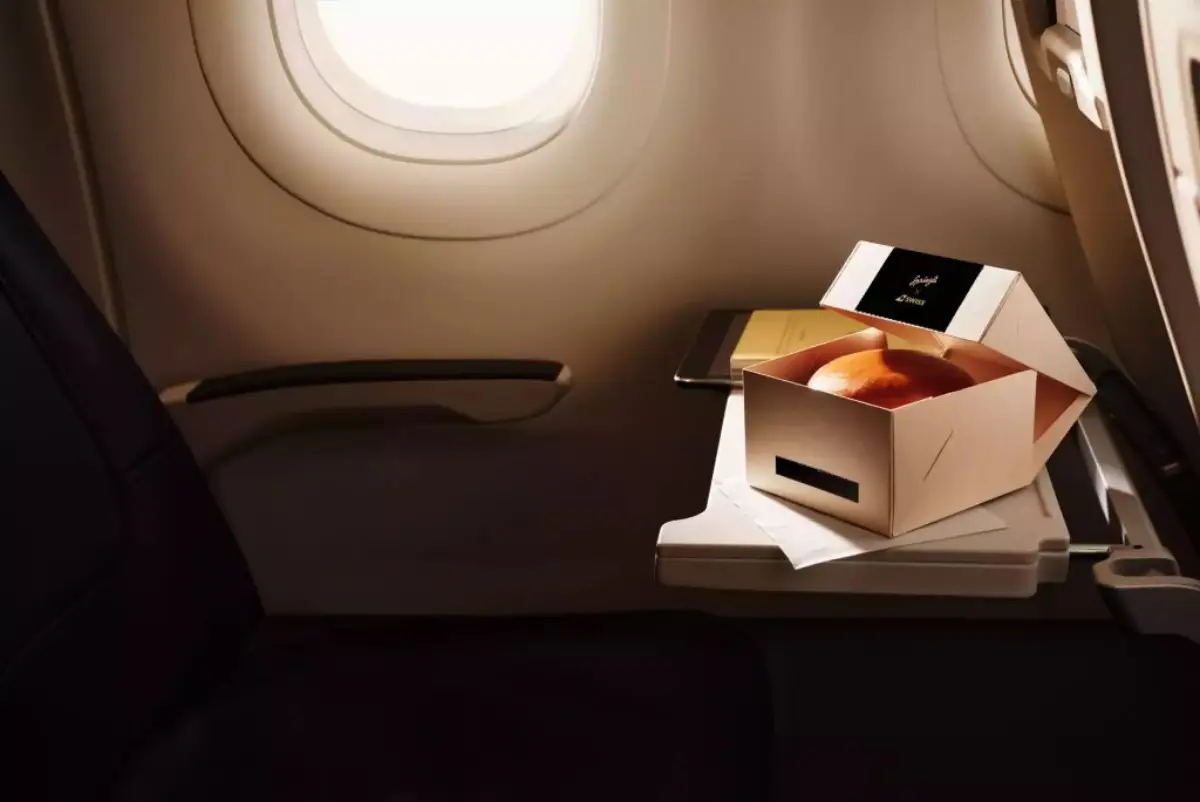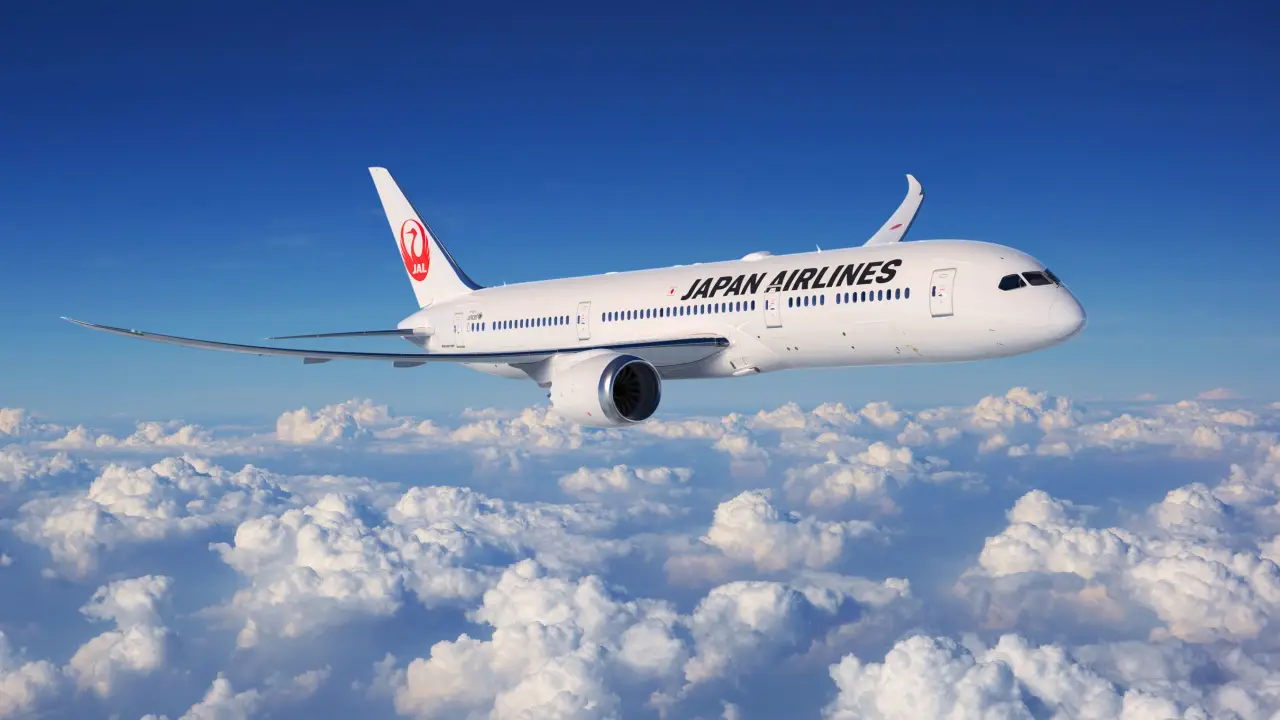In-flight meals have been part of the travel experience for decades, with travelers expecting at least a safe, if not gourmet, dining experience.
But recent incidents are casting doubt on the safety of airplane food, with troubling cases of food poisoning, unwanted critters, and unsanitary practices surfacing on several international flights.
As airlines face increased scrutiny, frequent flyers may be wondering: just how safe is the food served at 30,000 feet?
The Dark Side of In-Flight Dining: Real-Life Horror Stories
Over the past few months, a series of incidents have highlighted a growing concern about airline food safety. A recent case that caught widespread attention involved a Delta Air Lines passenger who believed her in-flight meal caused a severe bout of food poisoning. Joyce Beadling, who was traveling from London to the U.S., experienced such extreme stomach pains that she ended up in the emergency room. Her friend, also on the same flight, tested positive for three strains of E. coli—a bacteria known to cause serious digestive distress, reported The Washington Post.
And Beadling’s story is not isolated. Just this past September, an Air India passenger discovered a dead cockroach in her meal, leading the airline to issue an apology. On another Scandinavian Airlines flight, a mouse was reportedly seen scurrying away from a meal, forcing the plane to reroute to a safer location. These alarming incidents are only part of a larger narrative that has travelers questioning the hygiene practices of airline catering facilities.
What’s Causing These Food Safety Issues?
While food safety concerns are present across the food industry, the challenges are heightened in the world of in-flight catering. Airline meals are typically prepared in large catering facilities, stored for hours, and then loaded onto flights, often under tight time constraints. Although these meals are usually safe, several factors, like inadequate temperature control, lack of cleanliness, and poor sanitation practices, can introduce risks.
In fact, the FDA, which oversees inspections of airline catering facilities, recently cited safety concerns at Delta’s catering facility at Detroit Metro Airport. The facility, used to prepare thousands of meals each day, faced criticism after complaints of unsanitary conditions, including pest issues and inadequate food storage.
Mystery Illnesses: Hard to Pinpoint and Harder to Trace
Tracking down the cause of foodborne illnesses related to in-flight meals presents unique challenges. According to food safety experts, passengers may experience symptoms hours—or even days—after consuming contaminated food, making it difficult to identify the source. Additionally, since passengers are often on connecting flights, tracing back to a single meal becomes increasingly complicated.
Ellen Shumaker, a food safety expert, points out that these unique conditions make it challenging to pinpoint the exact source of contamination in airline food. “Travelers might not remember every meal they had, and symptoms can take time to show up, especially with E. coli or other bacteria,” she explains. This complexity was evident in the October 2024 E. coli outbreak linked to slivered onions on McDonald’s Quarter Pounders, which resulted in 90 illnesses and one death across multiple U.S. states.
Recent Cases Add to Growing Unease
In another recent incident, dozens of passengers on flights to Japan from Guam fell ill with symptoms of food poisoning. At least 34 passengers, mostly high school students, were affected, with 14 needing hospitalization. The cases raised questions about the food quality and hygiene standards aboard international flights, even though Japan Airlines denied that the food on board was the cause.
These unsettling stories are giving rise to a critical question: Are airlines doing enough to protect passengers from foodborne illnesses?
What Airlines Are Doing to Improve Food Safety
With public trust waning, several airlines have announced changes in their catering practices. Delta, for example, terminated contracts with certain catering companies and has switched to new providers after repeated complaints of spoiled food. Other airlines, too, are reviewing their food safety protocols, improving oversight of their catering facilities, and investing in stricter health and safety measures.
Many airlines are also exploring ways to simplify their in-flight menus, opting for meals that are easier to store safely at altitude. Airlines may not entirely move away from fresh foods, but they’re aiming for more robust quality control to prevent incidents that could spoil a traveler’s trip.
How You Can Stay Safe with Airline Meals
For those who are concerned about food safety while flying, there are a few steps to take for added peace of mind:
1.Stay Hydrated: Drink plenty of water, which can help with digestion and ease mild symptoms if you feel unwell.
2.Choose Packaged Options: Where available, pre-packaged snacks and meals may be a safer option, as they’re sealed and generally less susceptible to contamination.
3.Check for Unusual Smells or Textures: If something in your meal looks or smells off, it’s best to avoid it and notify the flight attendants.
4.Avoid Certain High-Risk Foods: If you have a sensitive stomach, avoiding raw produce, salads, and uncooked dishes on planes can reduce your risk.
A Call for Higher Standards
As more travelers take to the skies, the demand for safe, quality in-flight dining is only growing. In an industry where safety is paramount, food should be no exception. Whether it’s a delicious meal to kick off a vacation or a quick snack on a business trip, passengers deserve safe, hygienic food that doesn’t put their health at risk.
Airlines are taking steps to improve, but as these recent cases show, there’s more work to be done. For travelers, staying informed and making careful choices can help ensure a safe experience. So, next time you’re offered a tray at cruising altitude, ask yourself: Is this meal as safe as it should be?














